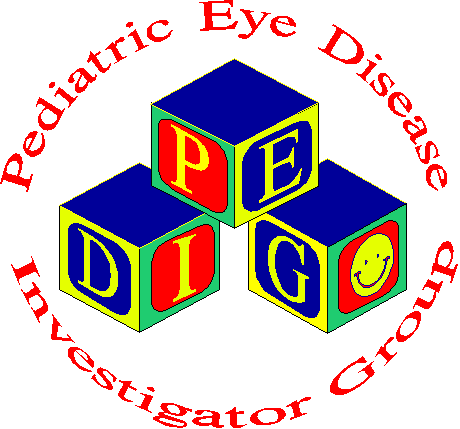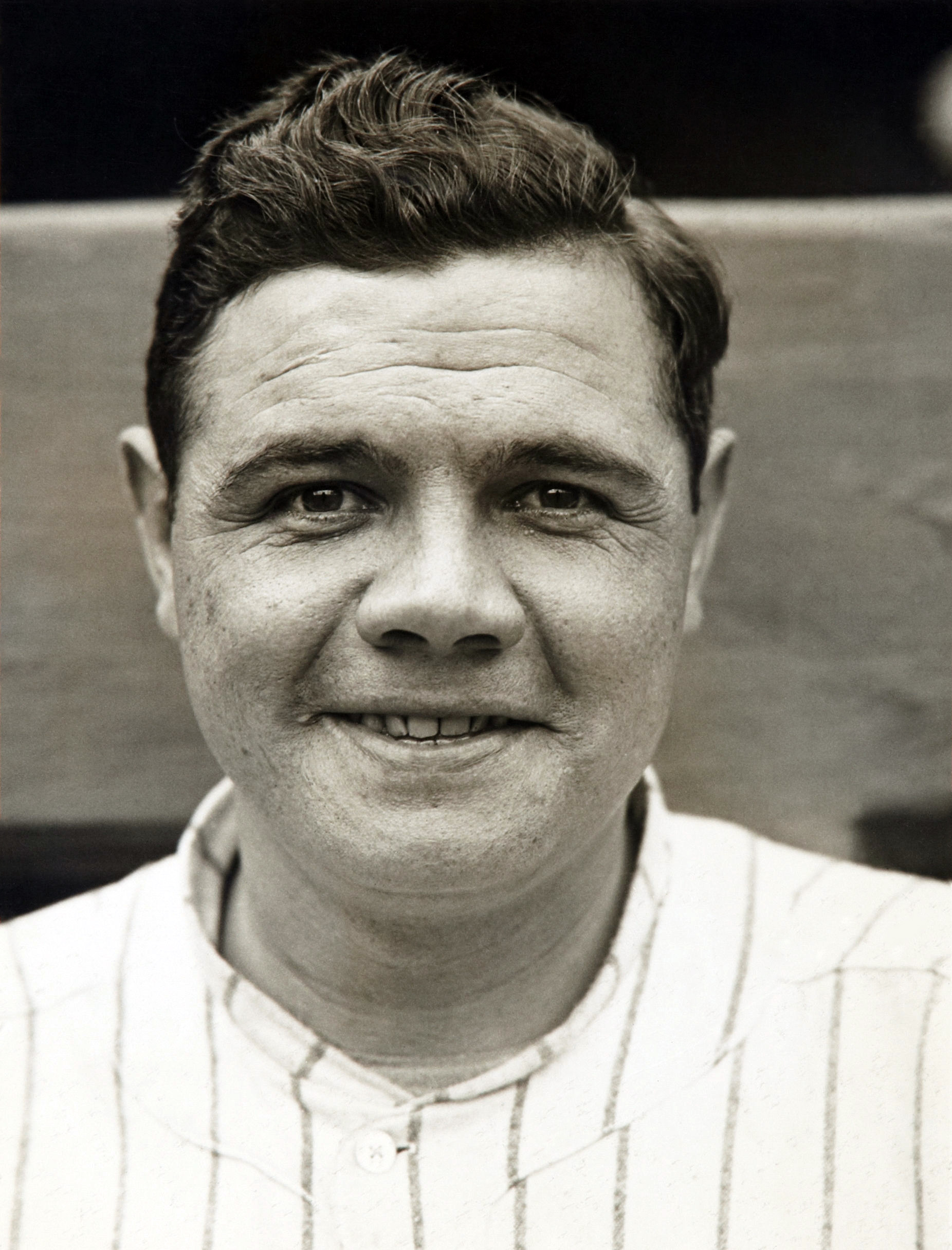Here's a brand new video we made this week at the Spokane Eye Clinic, with me discussing the following topics:
What causes amblyopia?
How common is amblyopia?
How is amblyopia treated?
Here's a brand new video we made this week at the Spokane Eye Clinic, with me discussing the following topics:
What causes amblyopia?
How common is amblyopia?
How is amblyopia treated?
This week, I've had the opportunity to attend the annual meeting of the Pediatric Eye Disease Investigator Group (PEDIG) in Tampa, Florida. PEDIG, founded in 1997 and funded by the National Eye Institute/National Institutes of Health, is a collaborative network dedicated to supporting research in amblyopia, strabismus, and other childhood eye disorders.

As part of my practice at the Spokane Eye Clinic, my partner Dr. Colburn and I are honored to participate in several PEDIG research studies. This research allows us to help define and develop new and cutting-edge treatments for children with eye problems.
Prior PEDIG research has helped us learn these important findings, among many others:
To see the complete list of over 100 PEDIG research articles published in peer-reviewed scientific journals, click here.
Although I can't discuss the actual research data I've seen at this meeting -- stay tuned, as it will be published in scientific journals in the near future! -- I can say that there are a number of exciting potential advances in treatment of retinopathy of prematurity, amblyopia ("lazy eye"), and strabismus (eye misalignment).
One wonderful thing about PEDIG is that it allows eye doctors in private practice, like myself, to participate in nationwide research studies along with physicians in university settings. I am grateful for the chance to help both current patients and future generations by learning more about childhood eye disease and how best to treat it. I've enjoyed the chance to reconnect with old colleagues and make friends with a lot of highly intelligent, motivated people, all of whom want the same thing I do: to figure out how best to take care of our little patients and their eyes.

Many people don't know that Babe Ruth had severe amblyopia.
You probably know that George Herman Ruth Jr., also known as Babe, The Great Bambino, and The Sultan of Swat, was indisputably one of the greatest baseball players of all time. You may know that he came up with the Boston Red Sox before joining the New York Yankees. You might even know that began his career as a pitcher.
But did you know he had 20/200 vision in his left eye? Shocking, isn't it?
After his playing days were over, Ruth was examined by Dr. Gerald Kara, who found that the prolific slugger had surprisingly poor vision in his left eye (and 20/15 vision in his right), which Dr. Kara attributed to amblyopia. Because Ruth said he had never had an eye exam before, it is theoretically possible that his poor vision developed after his career was over, but Dr. Kara found no evidence that this was the case.
Amblyopia is the most common cause of reversible vision loss in children, affecting between 3-5% of all kids. It is defined as decreased vision due to abnormal development of vision in childhood, typically in one eye, and most commonly occurs due to unrecognized need for glasses or due to eye misalignment (strabismus). It is treated sometimes with glasses wear, and most frequently by patching the child's better-seeing eye. This forced use of the amblyopic eye helps the neural connections between the eye and brain develop properly, allowing for better vision.
I love treating amblyopia. Seeing a child start with one eye that doesn't see well at all, and then, over a period of months, thanks to the diligent work of the patient and parents in helping him/her keep the patch on, watching the vision improve -- it's a very gratifying experience.
With regard to Ruth, he is just one of the countless examples of people with a vision problem overcoming their circumstances and excelling in life.